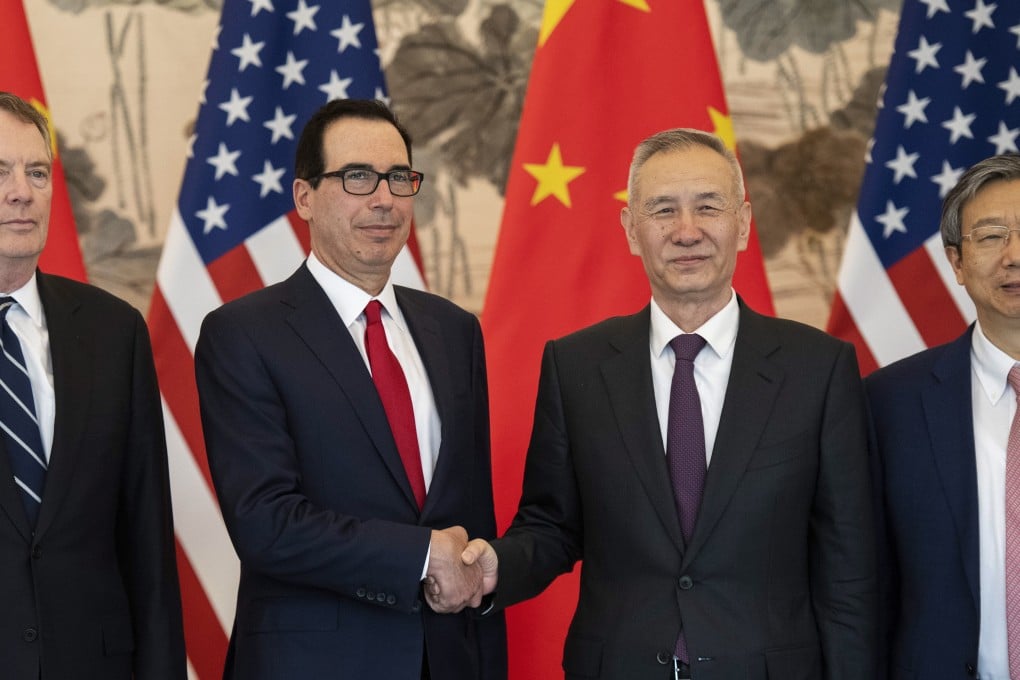China’s economy is hurting and a trade deal can’t come a moment too soon for Beijing
- China’s official economic figures point to a bad year. Beijing has only one real way out of the slump – it needs to end the trade war with Washington. Vice-Premier Liu He, who visits the US this week, should hammer out a deal soon

Obviously, the trade war with the United States has dealt a severe blow to China, the world’s second-largest economy, and weighed on Chinese factory activity, corporate earnings, business and consumption.
Profit from the manufacturing of computers, communications and other electronic equipment plummeted by 21.6 per cent., and fell by 15.7 per cent for the broader manufacturing industry.
Weaker profits might cramp investment and growth, while also worsening manufacturers’ credit profiles. Such macro headwinds are likely to slow fixed-asset investment, with many industrial firms shelving their plans amid uncertainty. Indeed, fixed-asset investment for manufacturing rose less this year, by 5.9 per cent in January and February, compared with 9.5 per cent in the same period last year.
